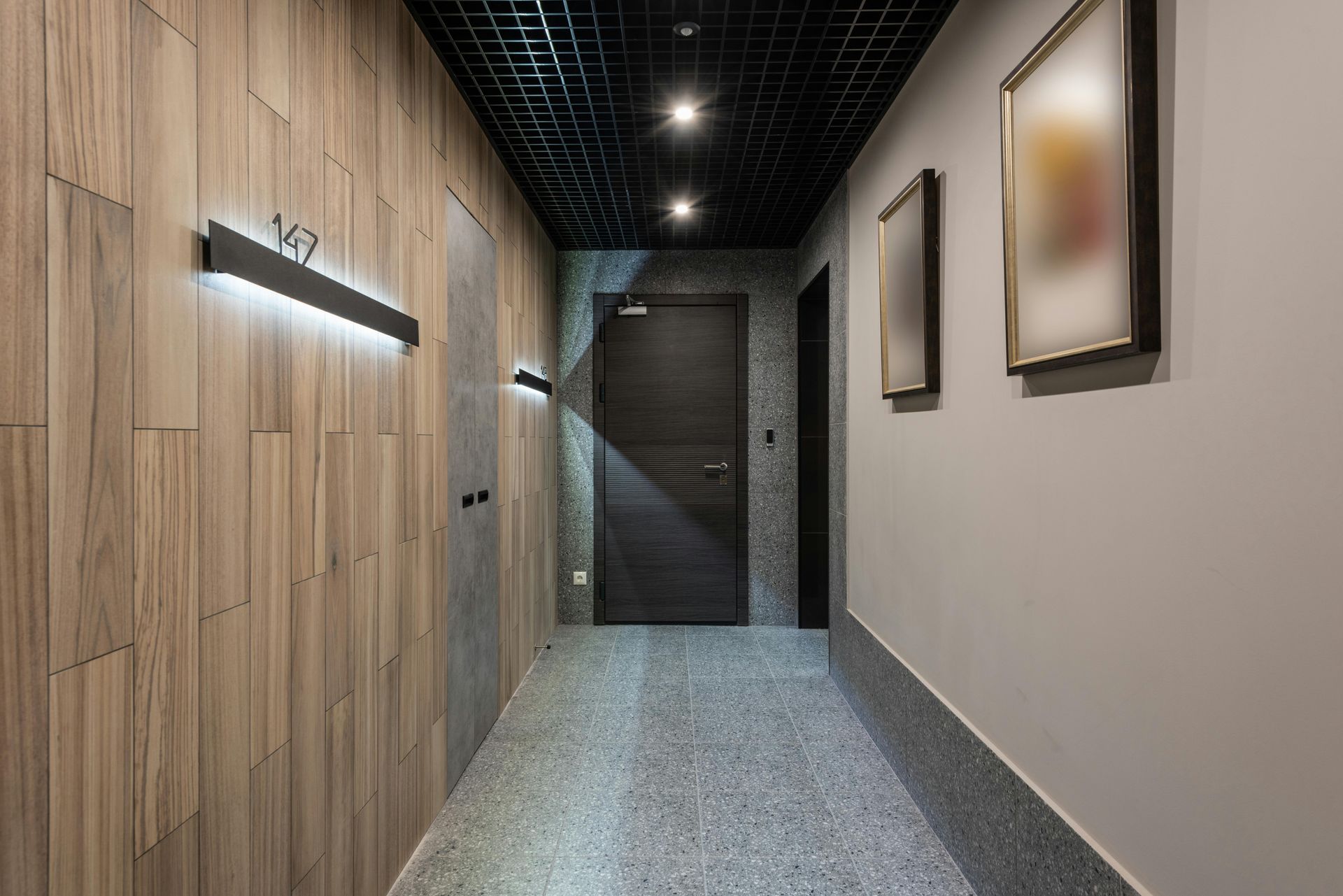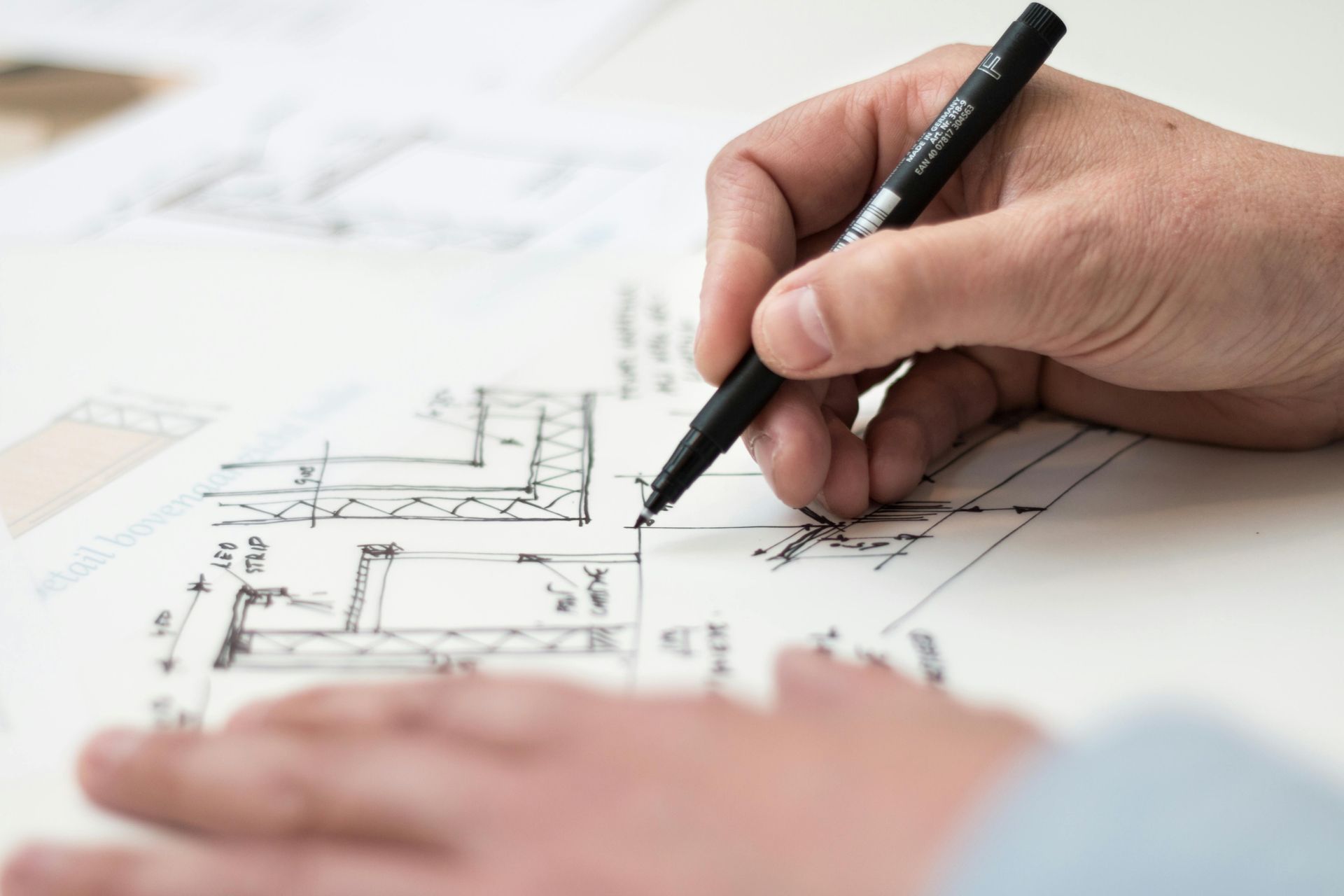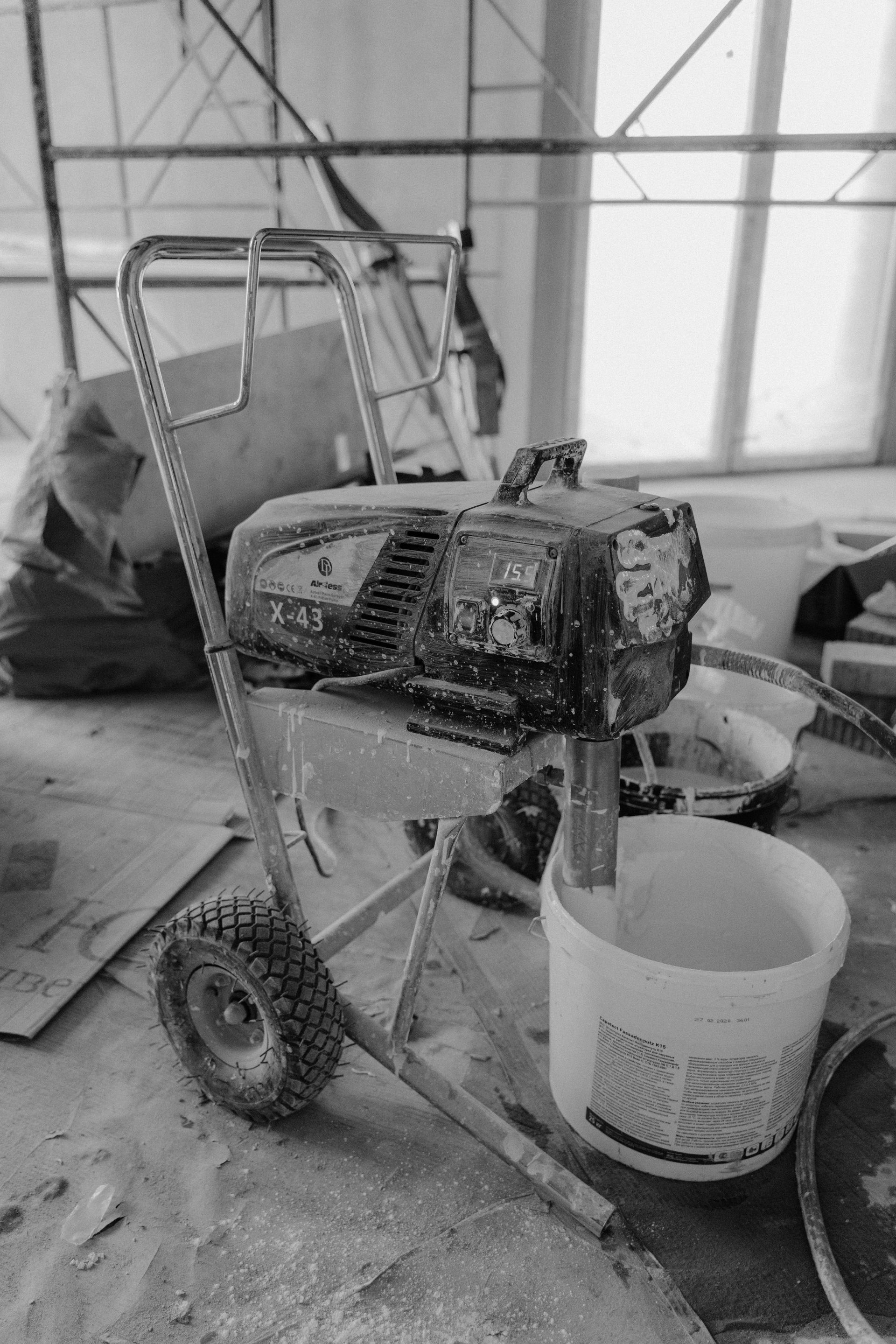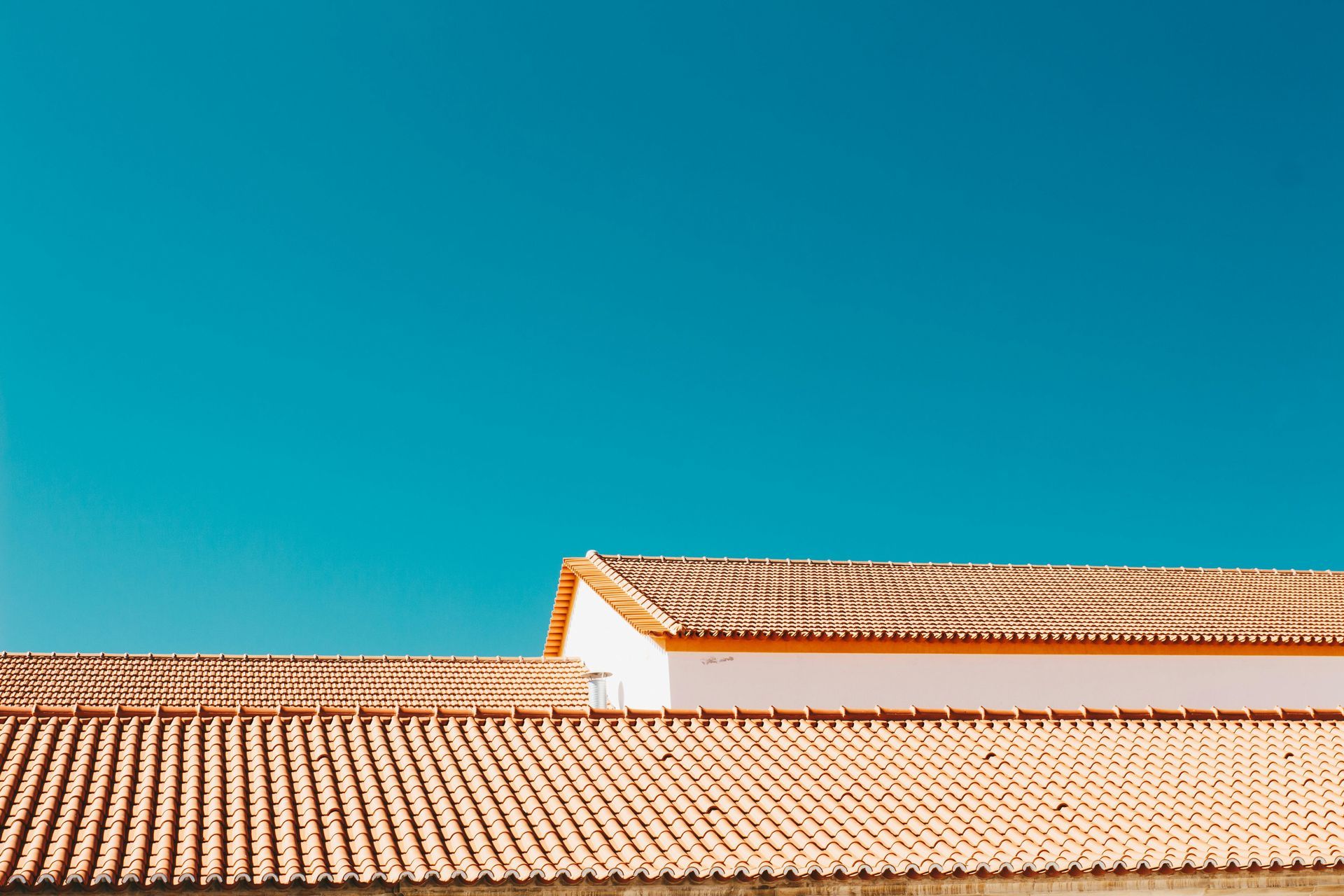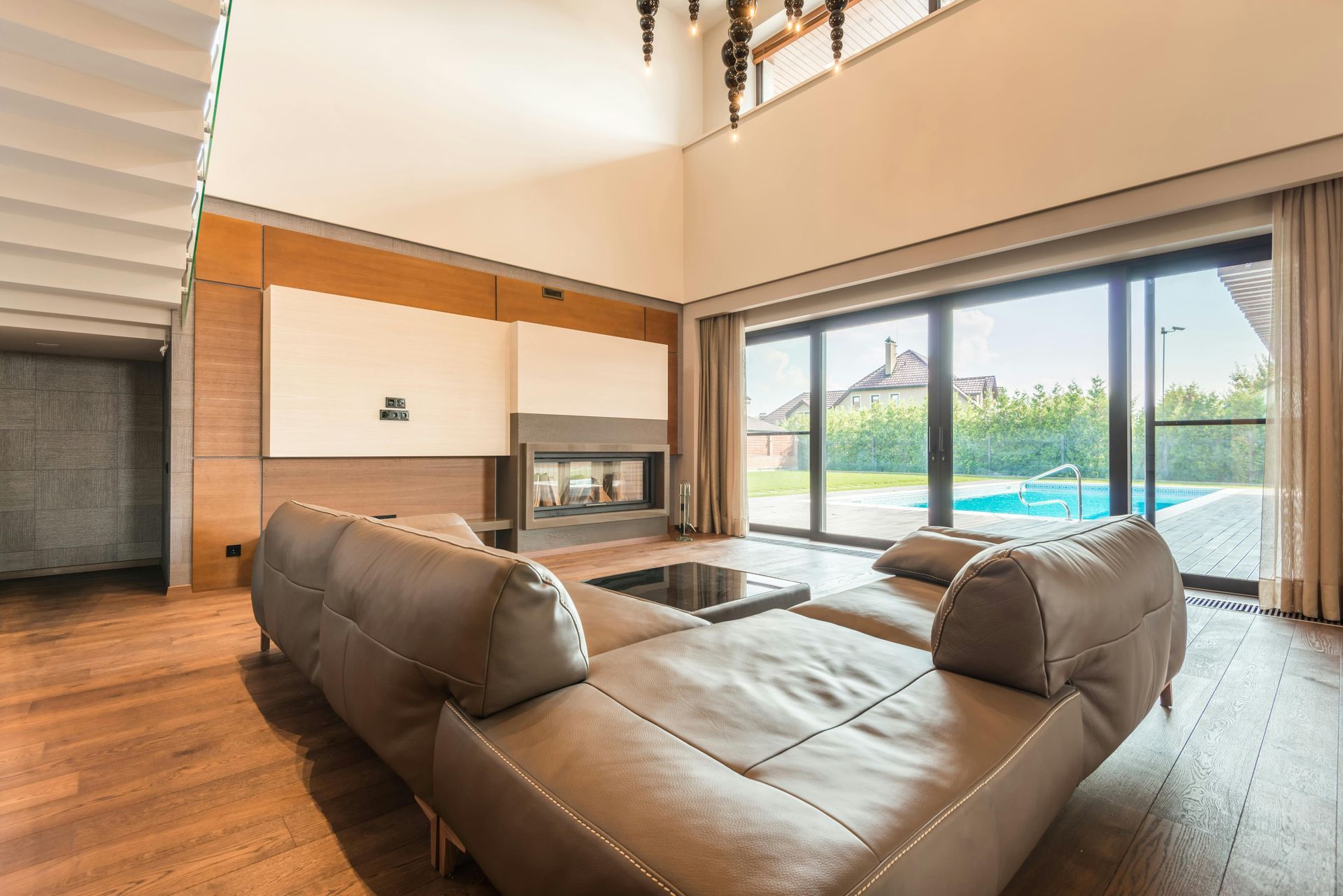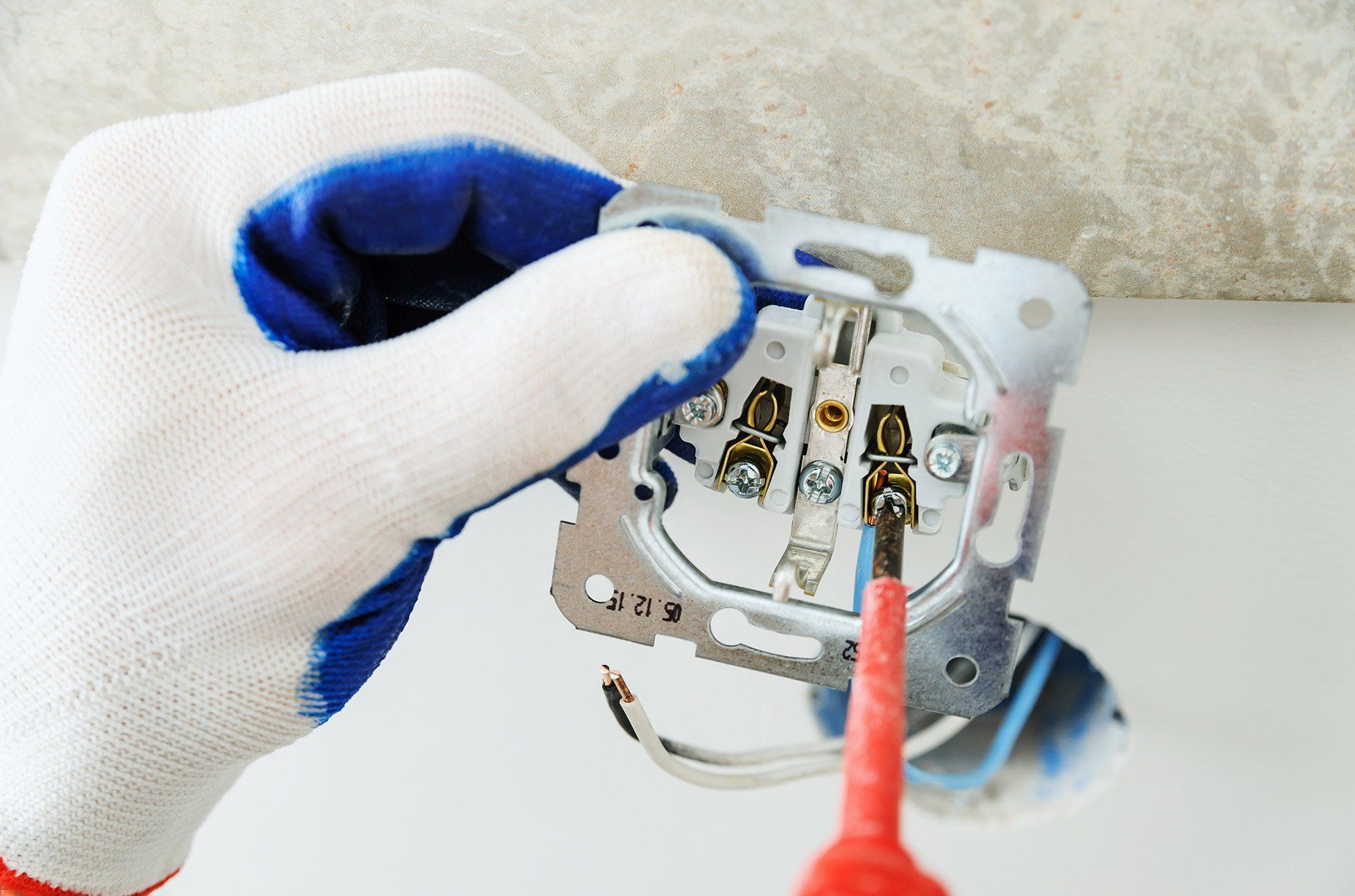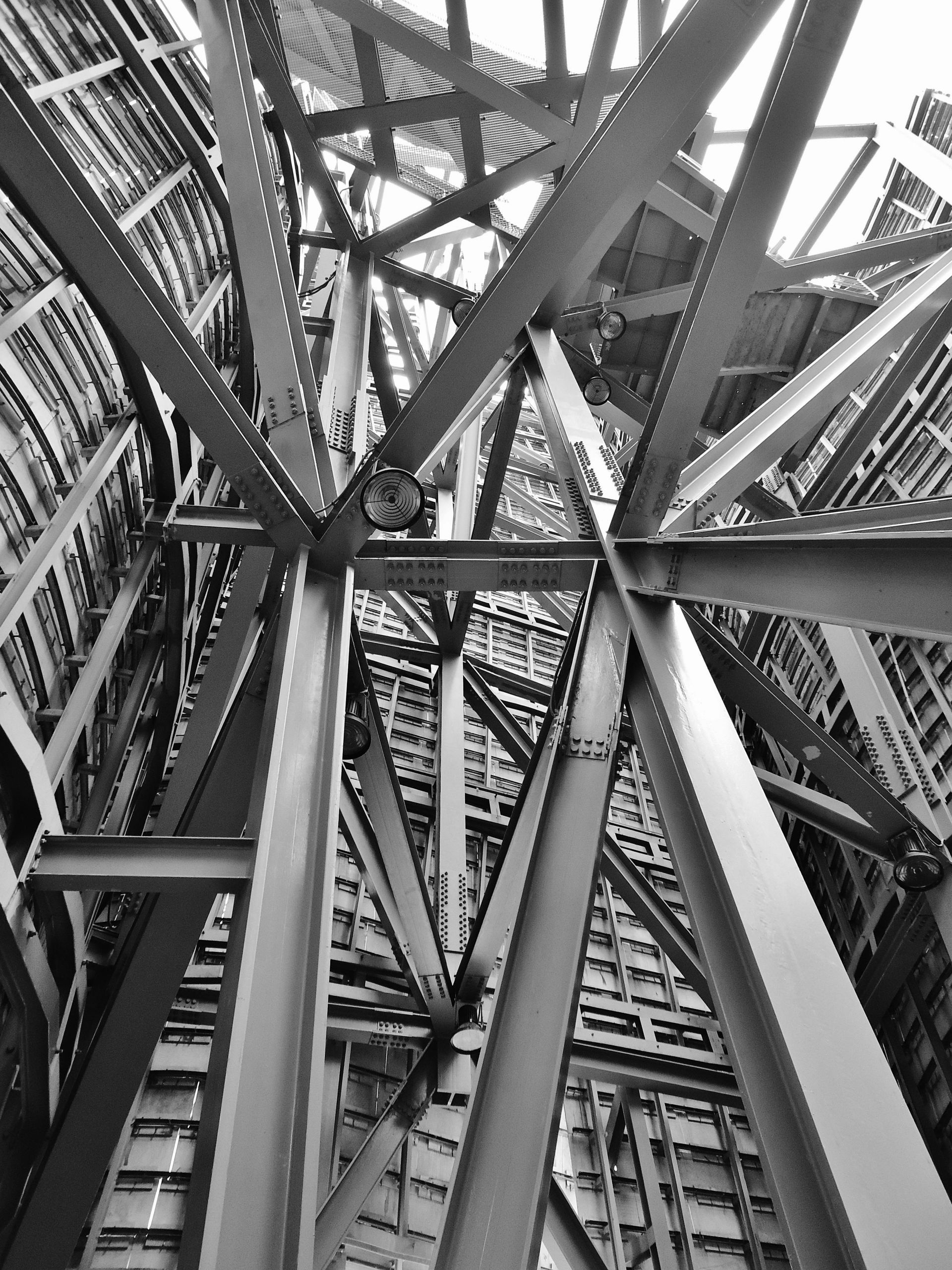GRP Roofing - Benefits and Problems!
When it comes to roofing choices for your new extenion in York or Pocklington (or surrounding areas) Glass Reinforced Plastic or GRP roofs, are highly recommended but we know they come with some questions and concerns. GRP, also known as fiberglass roofs, have gained attention in recent times due to their advantages and disadvantages. In this article, we'll try to explain both sides of the coin to help you make an informed decision about whether a GRP roof is the right choice for your extension.
Benefits of GRP Roofs
- Exceptional Durability:
GRP roofs are renowned for their exceptional durability. The combination of plastic reinforced with fine glass fibers results in a strong and resilient roofing material. This resilience allows GRP roofs to withstand a range of environmental challenges, from heavy rainfall to extreme temperatures, ensuring longevity and cost savings in the long run. Flat roofs are no longer prone to leaking a few years down the road!
- Seamless Installation:
GRP roofs offer a seamless installation process, simplifying the complexity often associated with other roofing materials. The liquid resin is applied and reinforced with glass fibers, creating a seamless and watertight seal. This reduces the likelihood of leaks, a common concern with roofs featuring multiple seams.
- Versatile Design Options:
The versatility of GRP roofing is a major advantage. The liquid resin can be pigmented to achieve various colors, enabling customization to match your property's aesthetics. Grey is common but a whole range of colours can be created if you want something different. Additionally, GRP's malleability allows for the creation of intricate roof designs, offering a unique and personalised touch.
- Lightweight Construction:
Compared to traditional roofing materials like tiles or slate, GRP roofs are notably lightweight. This means they are easier to build for and dont need large structures allowing you to make more of the space available.
- Energy Efficiency:
GRP roofs provide excellent thermal insulation, aiding in temperature regulation indoors. This can lead to reduced energy consumption for heating and cooling, resulting in potential cost savings and a comfortable living or working environment, plus thats great for the environment!
Drawbacks of GRP Roofs
It wouldnt be a fair comparison if we didnt explain some of the drawback of using GRP.
- Initial Cost:
GRP can in some cases be more expensive. A complex design and instillation can push prices up. A standard shape, flat GRP roof would usually be cheaper to install however.
- Noise
There is no denying a GRP roof can be more noisy in inclement weather. The sound of rain and hail can be a drawback to some people, especially when used over a bedroom or office space. It might sound romantic sitting hearing the pitter patter of rain, but when you are trying to concentrate on that report for work its not ideal.
- Expansion and Contraction:
GRP roofs can expand and contract with temperature fluctuations, potentially leading to issues over time if not properly accommodated during installation. This is where its key to use a high quality technician and why we have specialists on hand.
One of the most frequently asked questions is around life span of a GRP roof. Its not an easy answer as there are many varialbles such as the install design and the products used. A typical life span for the GRP roofs we install is 30-40 years. We offer a 10 year guarantee but expect many years more than that.
Glass Reinforced Plastic (GRP) roofs come with a set of undeniable advantages, including durability, seamless installation, design versatility, lightweight construction, and energy efficiency. However, it's crucial to weigh these benefits against the potential drawbacks. We always explore the options when discussing any building works and recommend the best plan for your unique situation.
